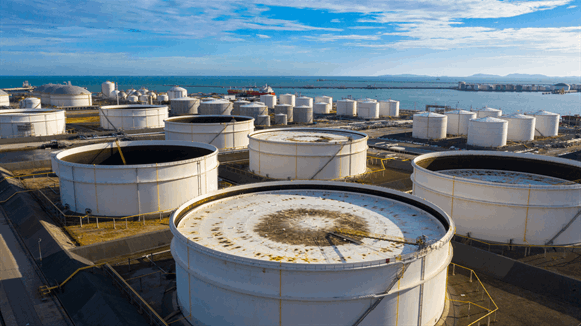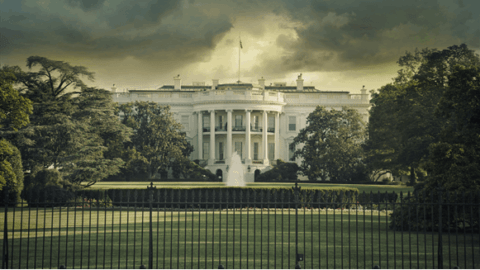(Bloomberg) — Oil slid to a four-week low Thursday as the dollar strengthened and on OPEC+’s signal it may raise output soon.
Futures in New York slid 2% on Thursday with a rising U.S. dollar reducing the appeal of commodities priced in the currency. Traders are watching to see whether the OPEC+ alliance sets a date to formalize a deal to hike production after delegates said Wednesday the United Arab Emirates made significant progress in resolving its standoff with Saudi Arabia. In the U.S., an inventory report this week showing expanding fuel supplies and crude production also weighed on prices.
“The market is still continuing to assess the fundamentals like what the OPEC+ deal is going to mean,” said Andrew Lebow, senior partner at Commodity Research Group. It “looks like the group is coming to an agreement, but there is lots of uncertainty over how it will be executed.”
Crude has rallied nearly 50% this year as economies across the globe reopen and demand returns. Citigroup Inc. said the oil market is expected to be tight in the near-term and should push Brent prices into the mid-$80s, despite any compromise supply deal between the UAE and OPEC+.
The Organization of Petroleum Exporting Countries published its first detailed assessment of 2022, in which it forecast that global oil demand will steadily recover to surpass pre-pandemic levels in the second half of next year. However, it also pointed to a lull in the first quarter.
Prices
- West Texas Intermediate for August declined $1.48 to settle at $71.65 a barrel on the New York Mercantile Exchange.
- The prompt spread ended the session at 27 cents a barrel, the narrowest in four weeks.
- Brent for September settled $1.29 lower at $73.47 on the ICE Futures Europe exchange.
WTI’s prompt timespread weakened to its narrowest level since mid-June with U.S. government data shows domestic crude production is rising. The spread’s backwardation — indicating tighter supplies — is fading with output currently at the highest since May 2020.
There are also demand concerns with rising Covid-19 cases in Europe and Asia that may lower consumption expectations in the second half of this year, Lebow said.
Meanwhile, Saudi Arabia and the UAE appear to be closing in on an agreement to revise Abu Dhabi’s production quota, it would still need to be ratified by the whole group before they can salvage plans to revive halted supply. Goldman Sachs Group Inc. said an accord would be a “bullish catalyst,” and would help remove the low risk of a potential price war.
The two sides haven’t fully resolved their differences and talks are ongoing. There are signs other members of the alliance have been inspired to air their own grievances, with Iraq now seeking a higher baseline for its cuts too. That said, “the alliance needs to maintain supply management and discipline through next year” if it wants to avoid a potential glut, JPMorgan Chase & Co. analysts including Natasha Kaneva said in a note.
–With assistance from Jake Lloyd-Smith, Sharon Cho and Grant Smith.
© 2021 Bloomberg L.P.
#Oil #Prices #Fall #Stronger #Greenback #OPEC #Uncertainty
Tags: Coastal Flow Coastal Flow Measurements Coastalflow Fall Greenback Oil oil and gas petroleum news events stories articles analysis commentary headlines stocks finance commodities maps pictures OPEC Prices Stronger Uncertainty








